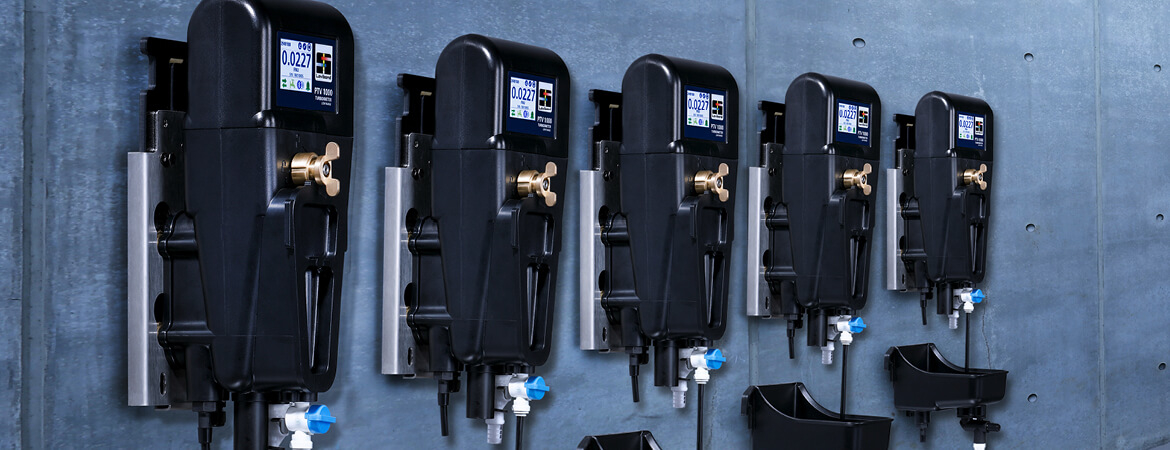The monitoring of the indicator parameter turbidity with a limit value of 1 NTU / FNU is one of the legal obligations of the operator of a waterworks and is considered to be complied with if this value is maintained at the waterworks exit. In-house laboratories usually take on these tasks and report the results to the responsible supervisory authority according to a defined sampling plan.
In the context of water processing, there are also numerous applications of the turbidity parameter, which are mostly carried out continuously with process turbidity measuring devices.
However, these are exclusively operational (internal) measurements that do not have to follow any legal requirements, but only have to be carried out according to the generally recognised rules of technology (in Germany these are the technical rules of the DVGW).
Examples for this are:
Monitoring raw water, where a turbidity value of < 0.2 FNU must be maintained for the disinfection of surface water without underground passage (percolation) before disinfection. This is guaranteed if the upstream filtration is monitored with a continuous turbidity measurement.
Occasionally, a flocculation process may also be required to treat drinking water.
This involves the addition of substances that cause the agglomeration of particulate ingredients to form larger flakes. These can then be removed more easily by filtration.
To check the complete removal of these flakes, continuous monitoring the filter device by means of turbidity is also usually used.
The method described is often used in connection with iron and manganese removal.
In principle, continuous turbidity measurement in particular is subject to numerous interferences. This includes air bubbles and unavoidable impurities and deposits in the device, which can seriously interfere with the measurement.
The devices of the PTV series were specifically designed to minimise or prevent such disturbances (by innovative integrated air bubble trap, simplified cleaning as well as design and material developments).
Details can be found in the following literature list:
Der Wassermeister 2/2020, Seite 22 , Vulkan-Verlag Essen wlb 4/2017 , Seiten 12-13, Vereinigte Fachverlage
PCNE, Process Control News Europe, No.5, May 2017, page 30-31, TIM Global Media, Bruxelles
Laborpraxis Spezial 12/2016, Vogel Business Media, Würzburg
Water and Waste Water Asia, April 2018, page 24-26, Pablo Publishing Singapore
